Lifted from GilCarandang.com Check out their awesome Blog
How To Make BIM at home!
Beneficial Indigenous Microorganisms(BIM) is a fermented microbial solution that can be used for many applications around the farm. It is loaded with microbes, and is a cornerstone of Gil’s Natural Farming method. It’s an incredible tool with a myriad of applications, some of which are discussed below.
How to Make:
The idea here is to collect microbes from natural healthy ecosystems. Different areas have different types of microbes in the soil – for example an old growth forest will have microbes that grasslands don’t and vice versa. To get the greatest diversity of microbes, you want to collect them from as many different habitats as you can. For starters, at least get from forest, grassland, and the boundary area between them.
TIP: Plant-specific microbes! If you are growing vegetables, find areas where natural veggies are thriving. If planting ornamentals, look for areas where wild ornamental type plants are. Also, target nitrogen-fixer plants since they have rhizobium bacterial strains present – legumes, as well as some other plant genuses such as Alder or Bayberry fall into this category.
Here’s how to collect microbes and make BIM:
- Cook a carbohydrate source to use as the attractant. Rice, barley, wheat, oats, etc should work no problem, most often rice is used here in Asia.
- Get a wooden box or perforated plastic box and fill bottom with rice. The rice should not be too deep, around 1 inch usually, otherwise it will take too long for all the rice to become infected. Don’t pack the rice, leave it loose to allow airflow. The whole idea is to create more space for the microbes to infect – the surface area of the rice.
- Mark side of box with date and intended location.
- Cover box with something that’s breathable – nylons stretched over, or newspaper, just something to keep big critters out – secure with string around top of box.
- Dig a little depression in the desired location, a place with undisturbed soil where a healthy population of native microbes is likely to flourish.
TIP: In forest, look for areas where leaves build up and mold. In grassland, look for areas where grass is most thriving.
- Place the box in the depression and loosely cover with the dirt and leaves around it.
- After 5-10 days (depending on temperature), the first colony of microbes you will notice are white molds. Then different colors like yellow, green, black, etc if you leave it much longer. Generally we harvest when it is in the white mold stage. Disregard rice if black molds have formed on it, this is generally a sign of non-beneficial microbes. In nature when there is plenty of food the beneficial microbes dominate. When there is less food, the opportunistic, non-beneficial microbes tend to dominate.
- At this time, remove container from habitat and transfer rice to a plastic container/jar, and mix with sugar
- Mix 1:1 with sugar. E.g. 1kg cooked rice with 1kg sugar/molasses(molasses is great and cheap)
- Mash up the mixture with gloved fingers until it’s mashed but don’t overmix or you’ll destroy all the mycelia
- Cover this mixture for 3-7 days.
- When it is quite liquid, add 3 parts water.
TIP: 1kg=1L, so if you start with 1kg cooked rice, you’ll add 1kg sugar and then 6L water to that
- Leave this diluted mixture for 7 days. Cover the top with something air permeable just so animals don’t get to it – cheese cloth, nylons, newspaper, etc
- You should end up with a mud-like juice. Strain the liquid out of the mixture into a glass jar but don’t seal the top – let it breathe until bubbles in the bottom stop forming.
- After you stop seeing bubbles forming in the jar, seal it up
- Now you have your microbial inoculant for that ecosystem
- Repeat the above steps for each area you are collecting microbes from. The more ecosystems you collect from, the better!
To make the final BIM product, combine all your microbial extracts. To increase efficacy, combine this concoction 1:1 with lacto serum. Lacto is the workhorse and is good to have in combination with other microbes. Now you have created your BIM inoculant!
How to Use:
This is a powerful tool in the natural farming arsenal, with a myriad of applications! It’s a microbial inoculant, so it can be used wherever you are trying to increase/establish populations of microbes – the most basic level of a healthy ecosystem!
Add 1-2tsp per gallon of water.
Plants
Apply as a foliar spray or soil drench. Greatly enhances growth and health of plants by establishing a healthy population of microbes in the soil and on leaf surfaces. Check out the benefits:
- Transports food to roots
- Builds a healthy ecosystem from the ground up. This is an invaluable job and the greatest benefit of this serum.
- Aids disease resistance – fights pathogens, occupies spaces that could otherwise go to harmful bacteria/molds.
- Aid composting – massively enhances compost – there will be a whole separate post on this concept
- Aid organic fertilizer. Add to your nutrient solution, microbes break down organic nutrients into bio-available forms that plants can utilize directly. Another key feature
Animals
This can be used the same way as lacto, but it is a more diversified solution.
- Boost growth by enhancing digestion
- Inoculate farmyard (spray ground) where animals occupy to maintain healthy microbial system.
- Aids disease resistance. Fight the bad bacteria!
In aquaculture
Add 1L BIM per 700m3 of water containing fish(pond, lake, aquaculture tank, etc). Lacto works in this application also, though not quite as well as BIM(less diversity).
Example: You have a pond that averages 20m wide by 30m long by 2m deep. So, 20 x 30 x 2 = 1200m3. In this case you would add roughly 2L of BIM or Lacto (you can dilute the 2L in a larger amount of non-chlorine water if you want more even application). No need for exact measurements, more or less won’t affect it (to a point obv)
Benefits are built by the microbes:
- Microbes digest fish wastes, cleaning up water and improving water quality.
- Allows fish to grow larger due to digestive efficiency
- Allows higher population of fish in the same amount of water! Literally, increases the carrying capacity of your body of water! This is awesome for aquaculture setups

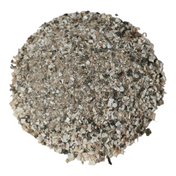
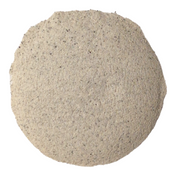


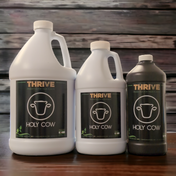

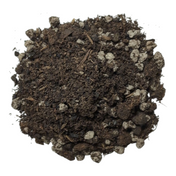
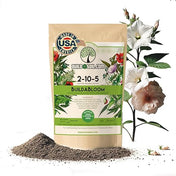
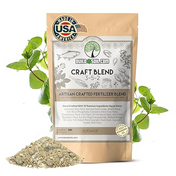
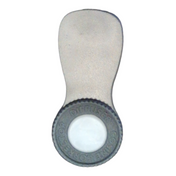
1 comment
great article on bim